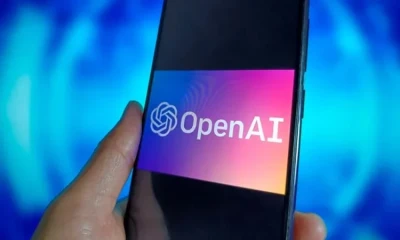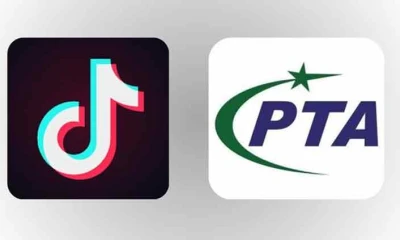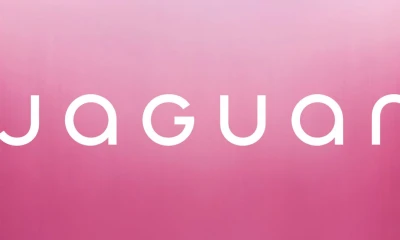If the Fire TV is your streaming stick of choice, I have good news. There’s now an easy way to cast content from your phone or tablet to your TV — as long as you’re watching Prime Video. Matter Casting, a new protocol for casting content from an app on your phone to an app on a TV or display, is rolling out now to compatible Fire TVs and could one day be available on more screens in our homes.
Technology
Amazon’s Matter Casting is shaping up so nicely, I want to use it everywhere
Matter Casting lets you can send content from your phone to your Amazon Fire TV streaming device and control it seamlessly. But it only works with Prime Video.
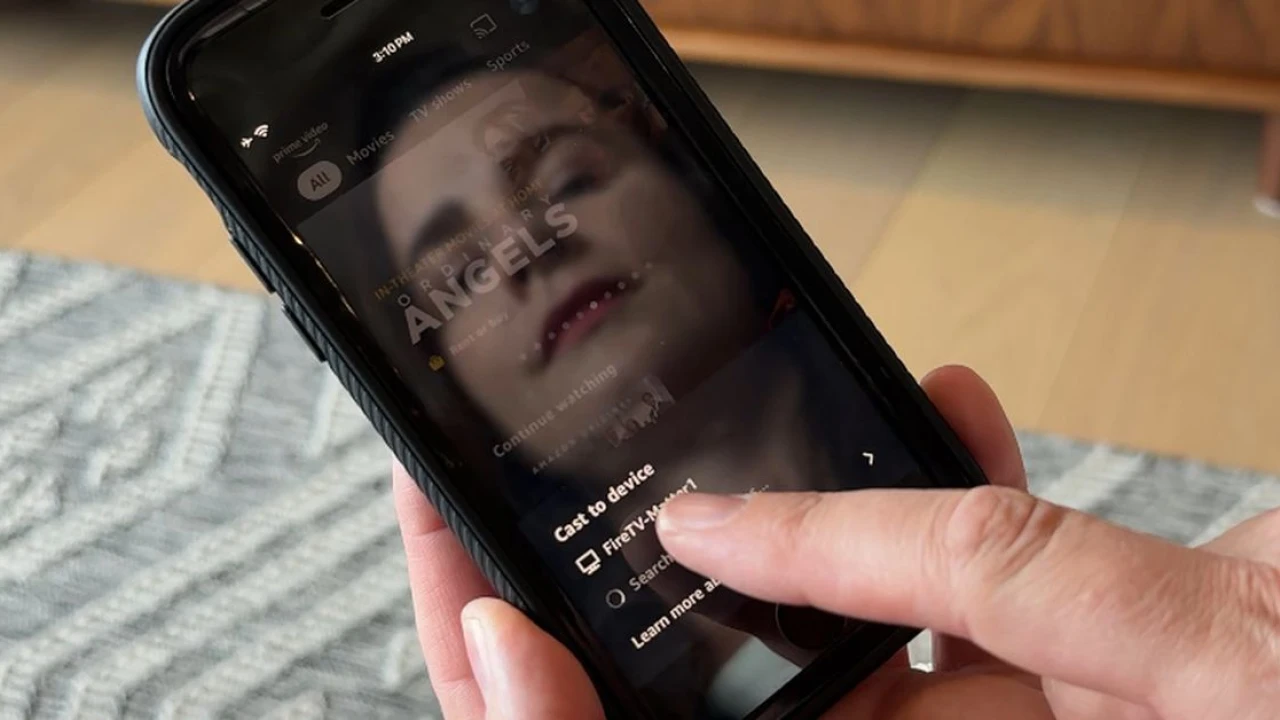
Unlike Apple’s AirPlay or Google Cast, Matter Casting is an open standard with no requirement for proprietary hardware. I got some hands-on time with the feature on a Fire TV at Amazon’s Day 1 HQ in Seattle last week and, according to Amazon spokesperson Connor Rice, Matter Casting will be arriving on most Fire TVs running FireOS 7 or higher “over the coming weeks.” (It’s already available on the Echo Show 15.)
Matter Casting is part of Matter, a new interoperability standard for smart home devices developed by Apple, Amazon, Google, Samsung, and others. It uses app-to-app communication between your phone and TV (or any screen-based device) to cast content; you control the content in the app on your device, and the app on the TV responds.
While Fire TV users have been able to mirror content from an Apple device or Miracast, Matter Casting isn’t session-based like those solutions, so offers more flexibility. It works more like Apple’s AirPlay or Google Cast, neither of which is available on Fire TV sticks today (although AirPlay is on some Fire TV Smart TVs), but with greater control from the phone than those options currently offer.
I tried out Matter Casting on a Matter-enabled Fire TV stick on a Fire TV Omni in Amazon’s Smart Home Lab, and my experience, while brief, was very good. The casting process is straightforward, intuitive, and easy to navigate — just what you want when trying to watch something on your TV.
I opened the Prime Video app on an iPhone, clicked the familiar casting icon, and the Fire TV Stick appeared in the list of devices available to cast to. With casting initiated, any video I selected in the Prime Video app on the phone appeared through the Prime Video app on the TV. I could use all the playback controls from the phone app — fast-forward, rewind, pause, and play — and there was no real lag or hangups.
I selected the new Anne Hathaway movie (where a 40-year-old gets with a 20-something boy band star — goals), and it played quickly. Along with the playback controls, I could also jump ahead using the playback bar and see all the “X-Ray” info Prime Video includes. I then switched to a TV show in the app, and the TV followed suit.
I liked that I could navigate away from the app on the phone or put the phone down and lock it, and the content continued to play — something you can’t always do successfully with other casting options. At this point, because the content had loaded in the app on the TV, I — or anyone in the room — could also pick up the remote and control what was playing.
It was all very seamless, and having the playback controls natively in the app you're streaming from is also more intuitive than some of the current options.
There’s no volume control yet, but if the TV itself supports Matter — LG, Hisense, Toshiba, and TCL have all said they will — then you’ll also get volume control along with other TV functions, such as changing the channel and HDMI input.
Like much of Matter, Matter Casting was designed to build on existing solutions. In my experience, it seems to have achieved that. Amazon’s Chris DeCenzo, who leads the team at the Connectivity Standards Alliance (which oversees Matter) developing the casting standard, told me they brought the best from all the casting protocols. “When we designed the architecture for Matter Casting, we had the benefit of having the content providers, TV makers, and everyone in the room together,” he said. “So, we designed it around what we’ve learned — that the best experiences for customers is the one in the app the content provider has built.”
However, today, Matter Casting only works with one app, Prime Video, and on two devices, Fire TVs and the Echo Show 15. This severely limits its usefulness. DeCenzo says more apps, including Plex, Pluto TV, Sling TV, Starz, and ZDF, will add support for Matter Casting later this year. But that’s nowhere near critical mass, even for Amazon, let alone the other device makers.
For Matter Casting to gain traction, it’ll need support from device makers like Apple, Google, and Roku, TV manufacturers, and, of course, many more streaming services, such as Netflix, Max, and Disney Plus. That’s a tall order.
Matter Casting only works with Prime Video on the Fire TV and the Echo Show 15.
The latest updates to Matter Casting, announced with Matter 1.3 this week, could help push the standard forward. The new functionality, which goes above what AirPlay and Google Cast offer on screens, could make it more appealing to developers and manufacturers.
One feature that will interest smart home companies is the ability to cast from a Matter device to a TV or screen. So your smart home gadgets could send notifications to a communal screen instead of just one person’s smartphone.
For example, a Matter-enabled dryer could send a notification to the TV that the clothes are dry. Samsung SmartThings does this today, but you need Samsung appliances and a Samsung TV. With Matter, this could be implemented by any manufacturer.
Additionally, two-way communication is coming — so the TV apps can know which devices are connected to them and send target messages to each one. There are a lot of possibilities here, an obvious one being multiplayer gaming or with each player able to use their phone as a buzzer for a gameshow on the TV. This multi-user interaction on one screen might also interest services like Spotify or TikTok.
There’s no question that an open-sourced, non-hardware-dependent casting protocol that lets you cast from your phone to any screen in your house is compelling. If Matter Casting does take off, developers should only have to build to one specification instead of creating individual integrations for AirPlay, Google Cast, and so on.
But that’s a big if.
Today, Matter Casting is all Amazon. That’s good news for Fire TV users, as it's a nice experience. But it’s unlikely to replace AirPlay or Google Cast anytime soon; at best, it’ll be another option, albeit a good one.
Correction, May 10th: An earlier version of this article misstated which devices would receive Matter Casting, and suggested that Fire TVs do not have AirPlay. Matter Casting is coming to FireOS 7 and higher, not FireOS6 and higher. Additionally, some Fire TV Smart TVs do support AirPlay.
Photos and video by Allison Johnson / The Verge
-

 Sports 2 days ago
Sports 2 days agoAustralia unveils squads for women's ODIs against New Zealand, India
-
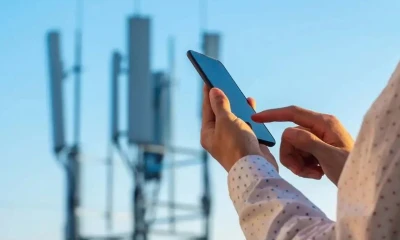
 Pakistan 2 days ago
Pakistan 2 days agoGovt to suspend internet services amid PTI protest
-

 Pakistan 2 days ago
Pakistan 2 days agoNACTA warns terrorists may target PTI protest in Islamabad
-

 Regional 18 hours ago
Regional 18 hours agoSecretary Schools Punjab announces winter vacation dates
-

 Pakistan 2 days ago
Pakistan 2 days agoTransport services disrupted as major road closed
-

 Pakistan 2 days ago
Pakistan 2 days agoNo protest or rally is allowed in Islamabad, says Naqvi
-

 Sports 1 day ago
Sports 1 day agoPakistan win toss, opt to field first against Zimbabwe in 1st ODI
-

 Regional 2 days ago
Regional 2 days agoCM Maryam visits Nishtar Hospital, suspends paramedics over AIDS spread

:format(webp)/cdn.vox-cdn.com/uploads/chorus_asset/file/25442613/amazon_cast.jpg)
:format(webp)/cdn.vox-cdn.com/uploads/chorus_asset/file/25442609/Screenshot_2024_05_10_at_5.26.11_PM.png)
:format(webp)/cdn.vox-cdn.com/uploads/chorus_asset/file/25442052/Fire_TV_1.jpeg)

